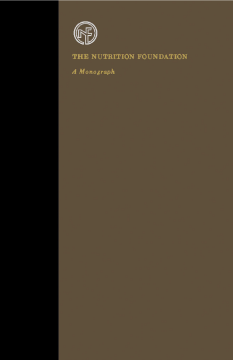
Additional Information
Book Details
Abstract
Biochemistry of Taste and Olfaction examines the biochemical aspects of taste and olfaction and their relevance to nutrition, medicine, and food science. More specifically, it considers the biological processes that influence dietary habits, nutritional status, and enjoyment of food, as well as other important social and biological phenomena. It also describes biochemical mechanisms at the peripheral receptor level in taste and olfaction, with emphasis on the role of the cell surface, along with neurotransmitters and other neurochemical aspects of the olfactory system.
Organized into five sections comprised of 24 chapters, this book begins with an overview of biochemical approaches used in studying the phenomena of taste and olfaction. It then proceeds with a discussion of olfactory receptor mechanisms, the accessibility of odorant molecules to the receptors, the role of cilia in olfactory recognition, and the involvement of receptor proteins in vertebrate olfaction. Middle chapters focus on the chemosensation, major histocompatibility complex and olfactory receptors, taste receptor mechanisms, biochemistry of sugar reception in insects, intensity/time phenomena in sugar sweetness, and recognition of taste stimuli at the initial binding interaction. The reader is also introduced to the physicochemical principles of taste and olfaction, molecular mechanisms of transduction in chemoreception, biochemical mechanisms in vertebrate primary olfactory neurons, neurotransmitter biochemistry of the mammalian olfactory bulb, and chemical sensing by bacteria. Examples of chemical sensory systems are included.
This book will be of interest to biochemists, physiologists, neurobiologists, neuroscientists, molecular biologists, food scientists, students, and specialists in psychology, neurophysiology, organic chemistry, and nutrition.
